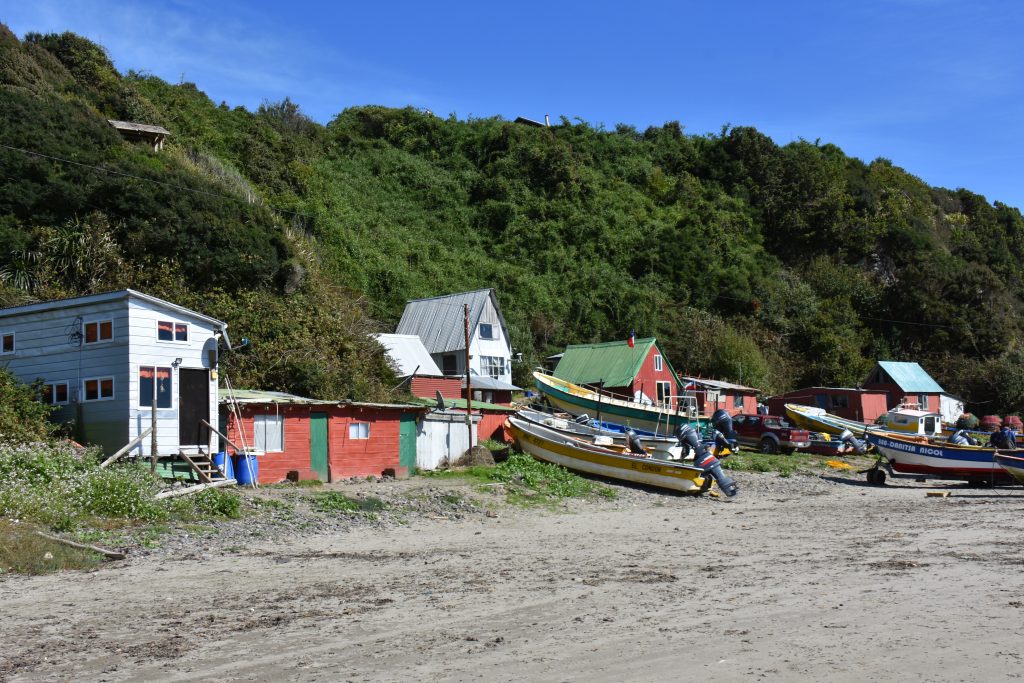
The Los Lagos region is very beautiful. You can find idyllic, lush meadows and hills but also huge lakes, volcanos and lava fields.
Because many German immigrants settled in the region in the 19th century, you still find an interesting and sometimes funny clash of Chilean and German heritage and tradition that manifests in buildings, food and language.
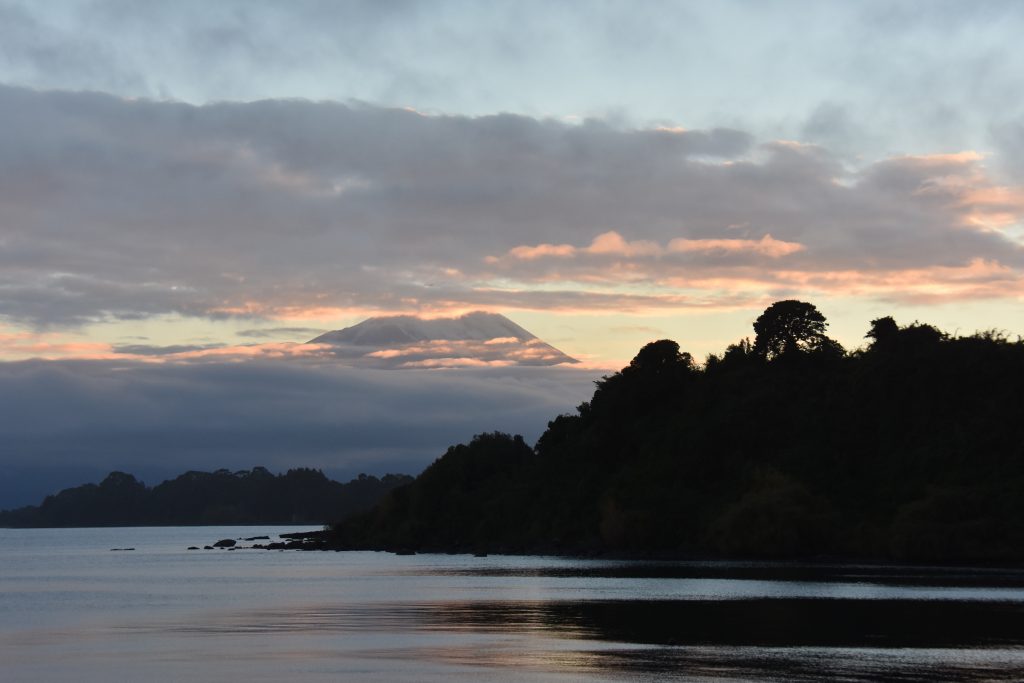

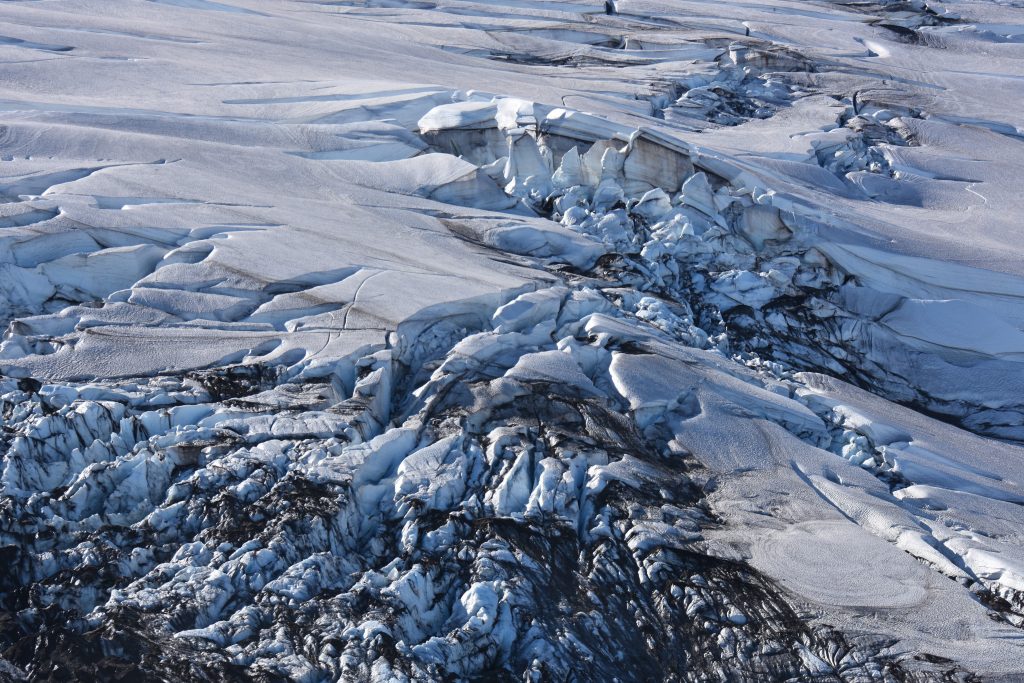
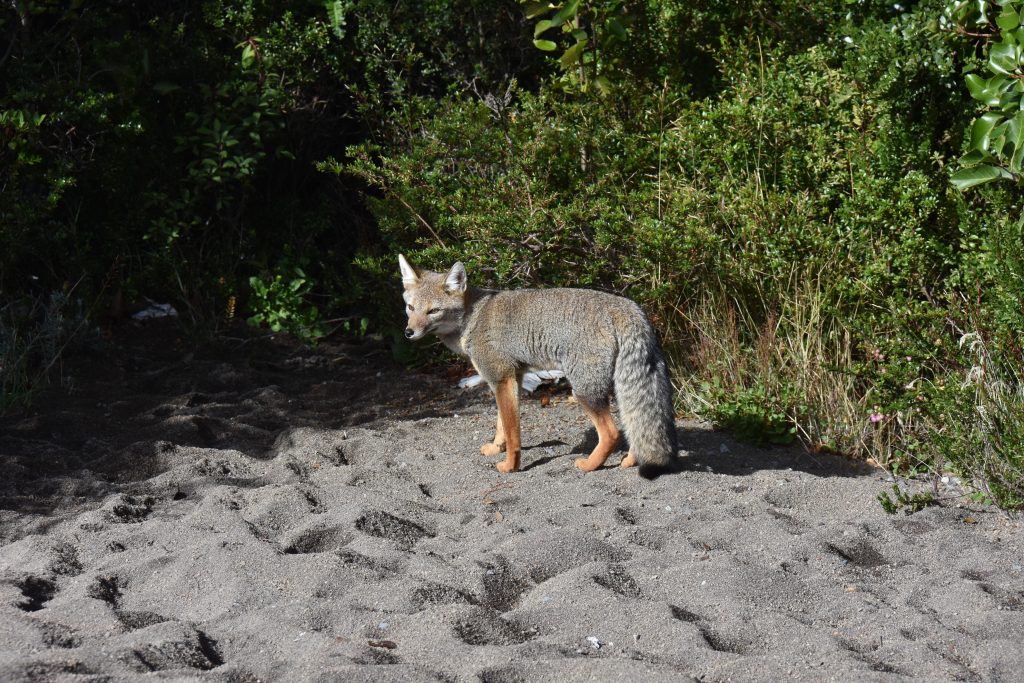
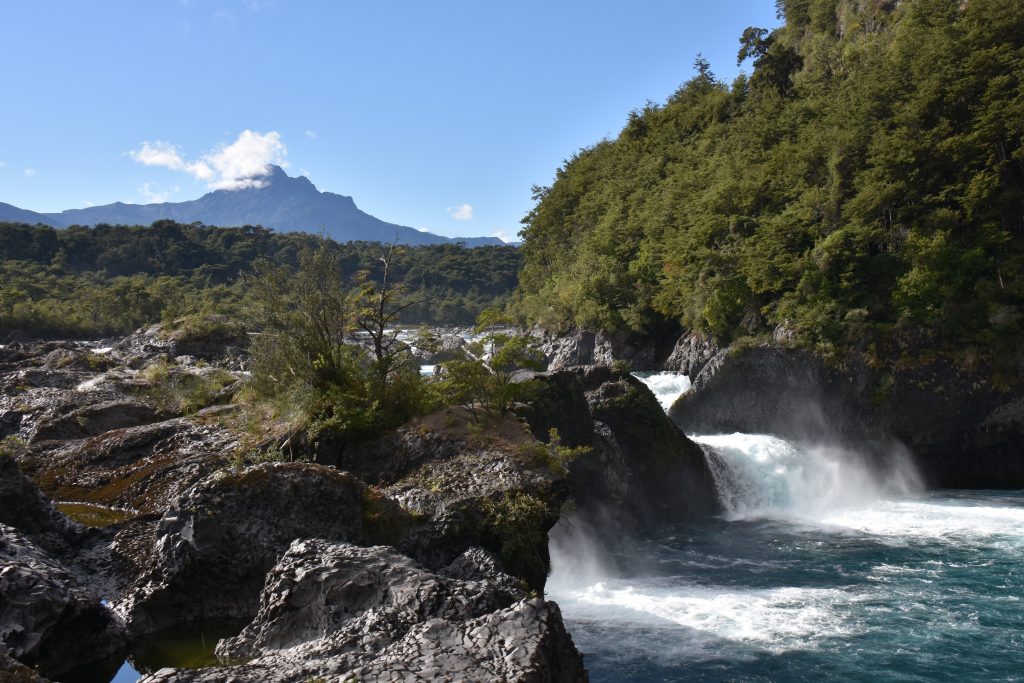
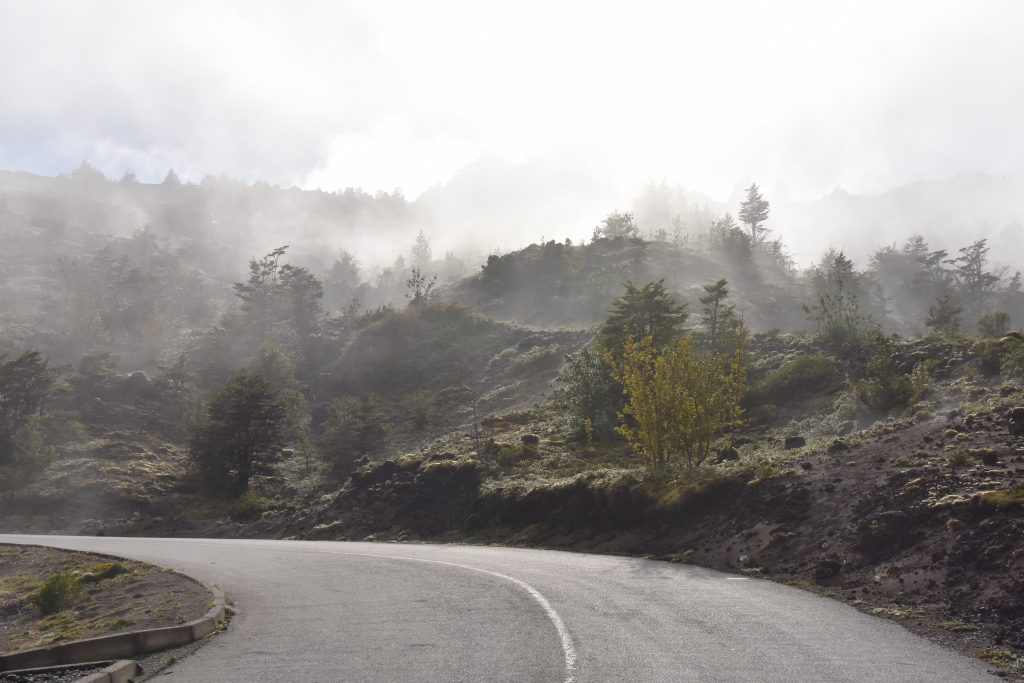
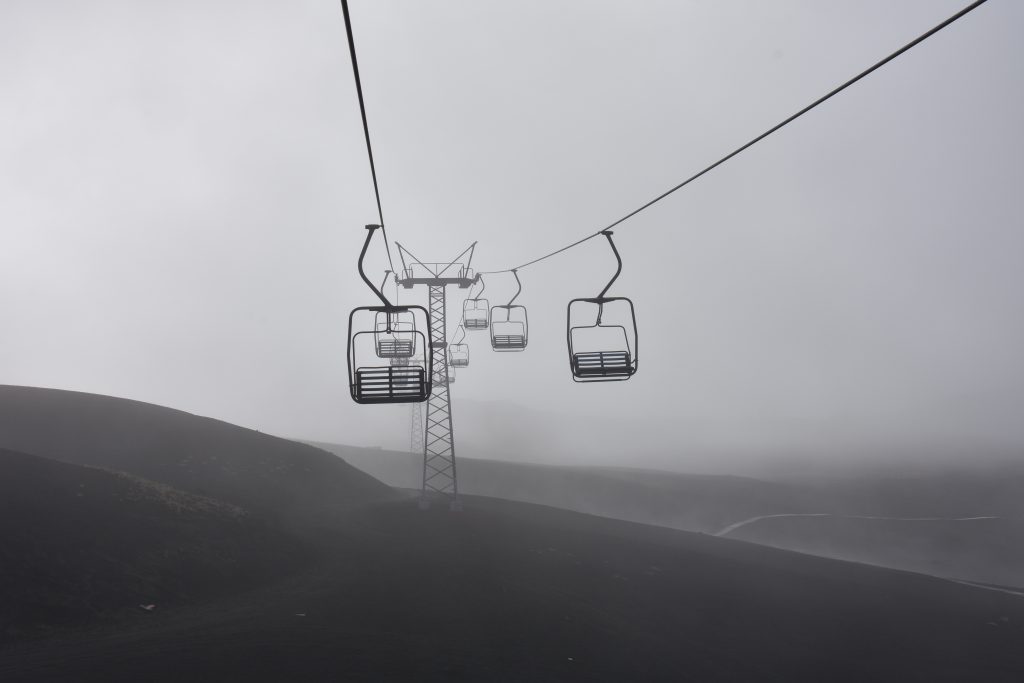
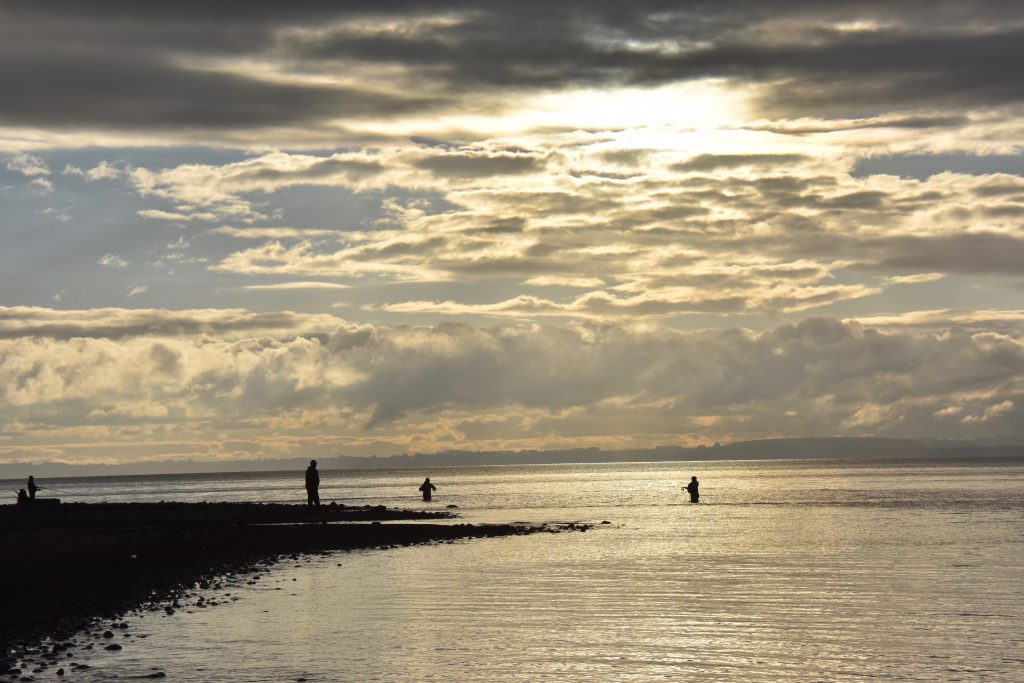
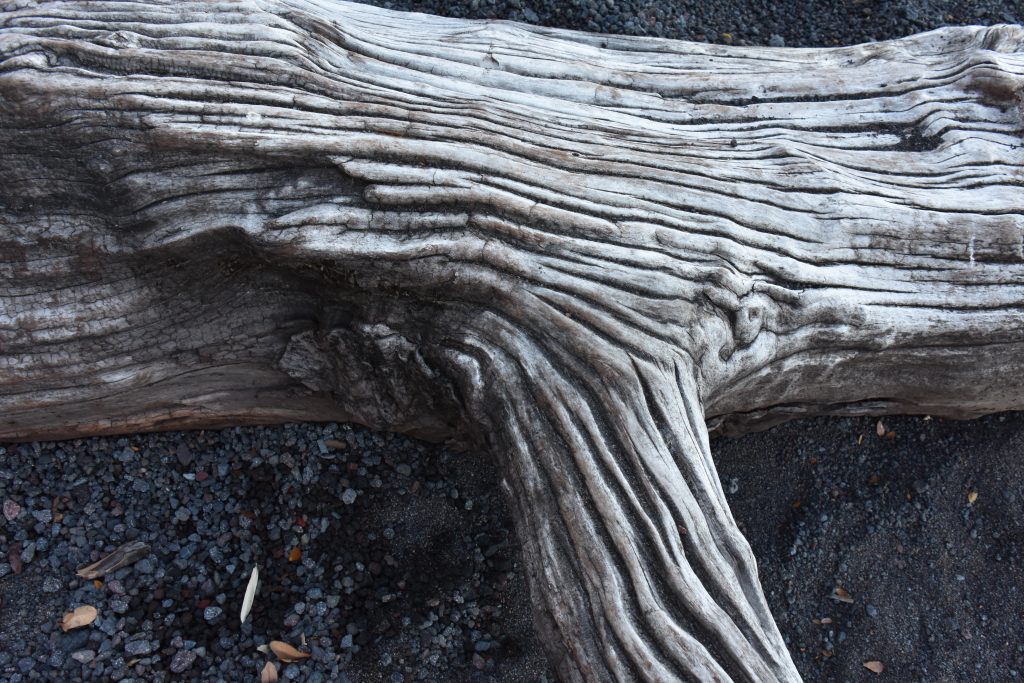
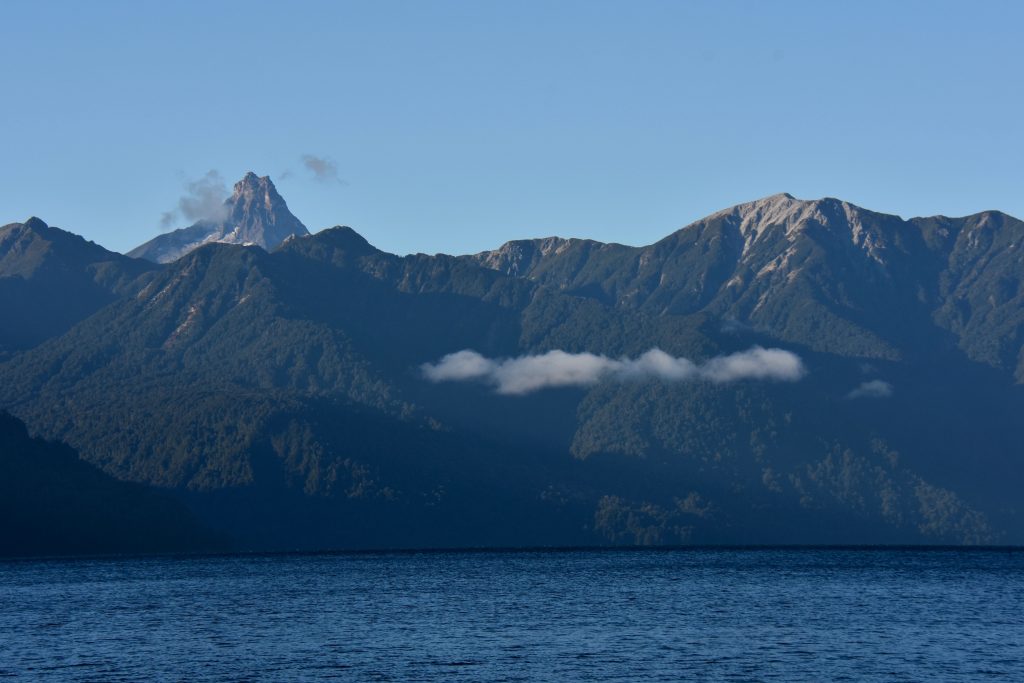
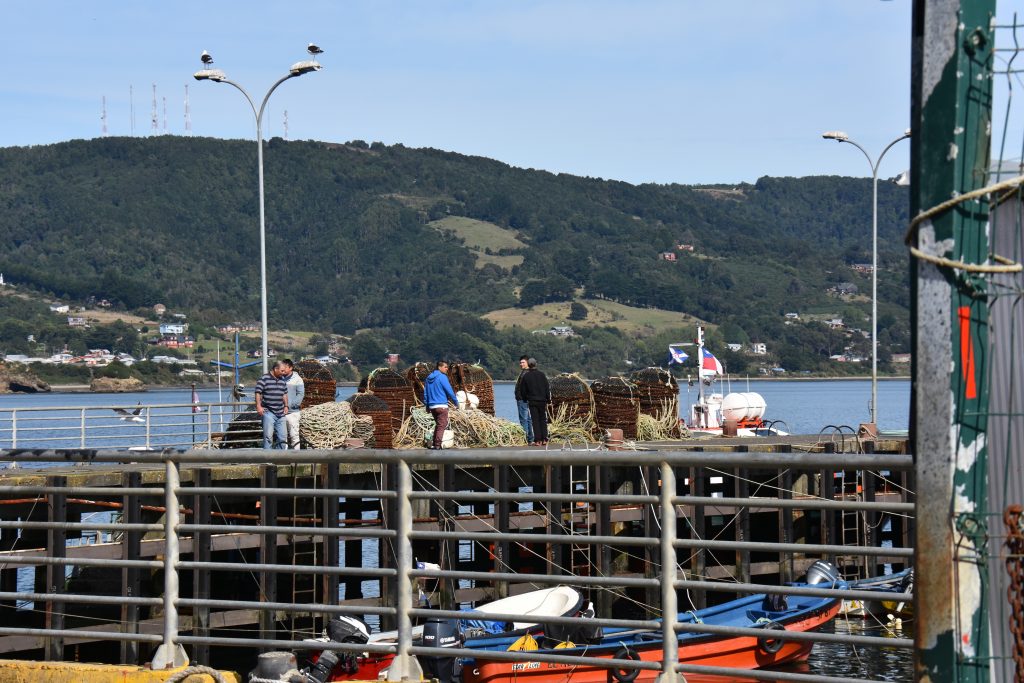
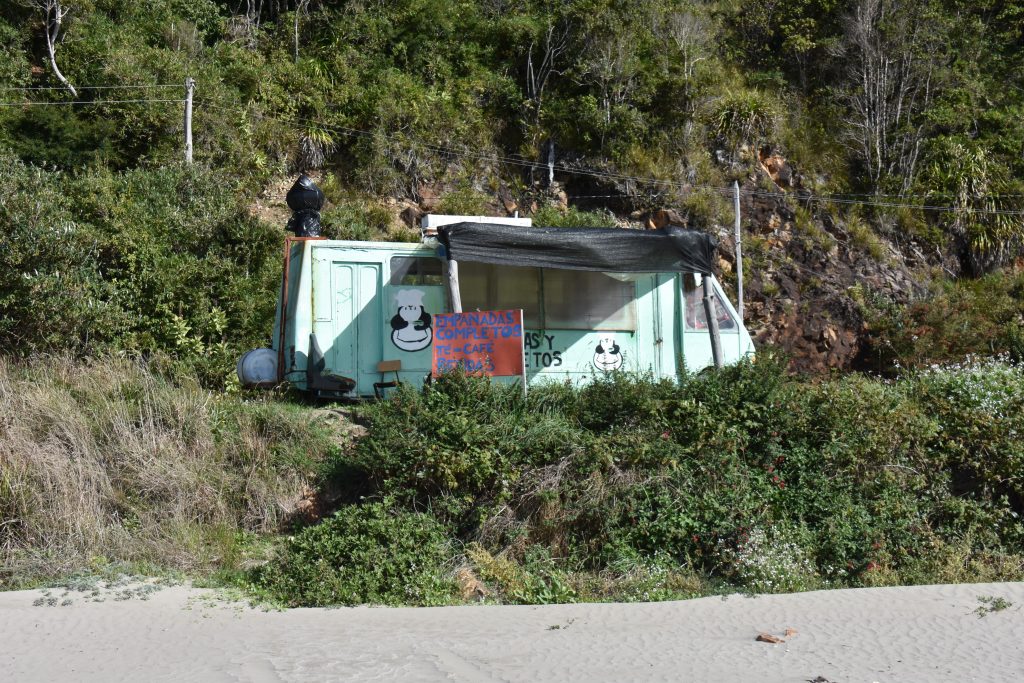
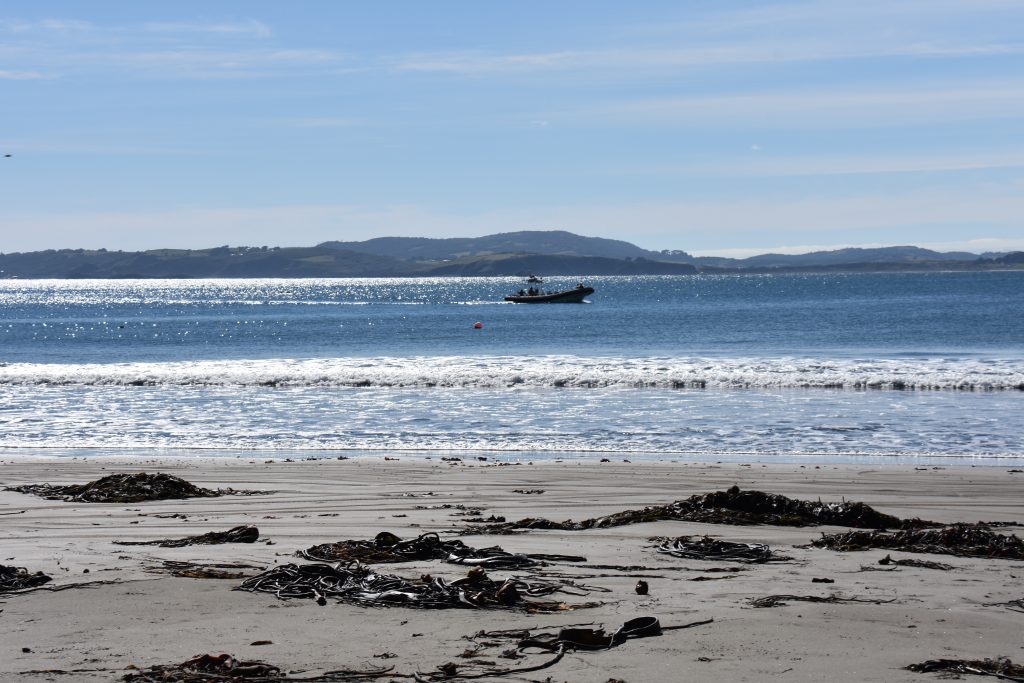
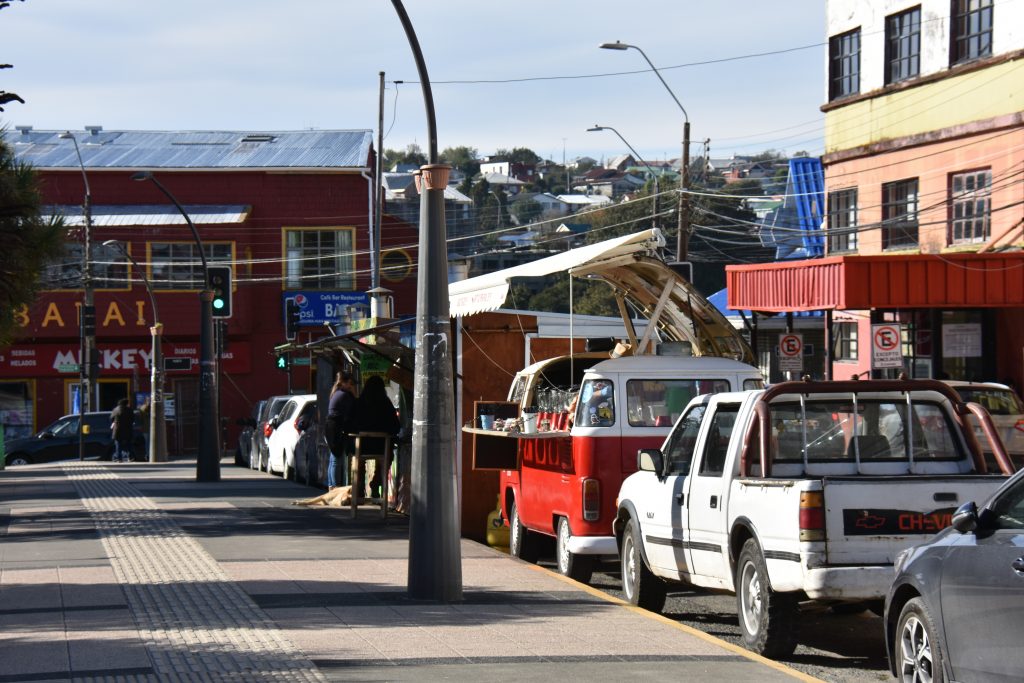
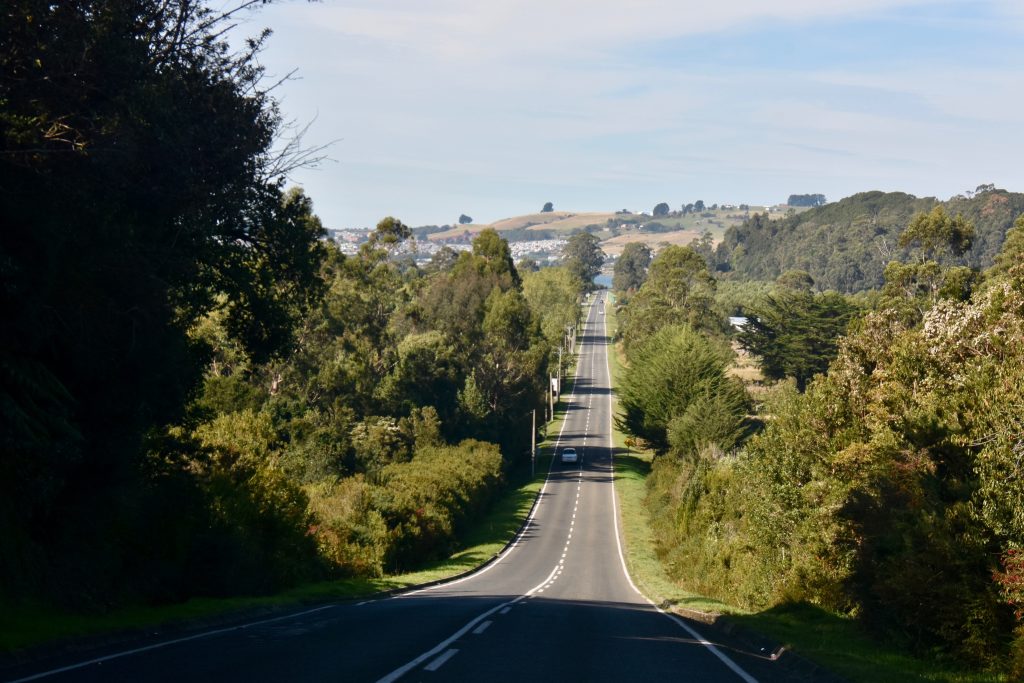
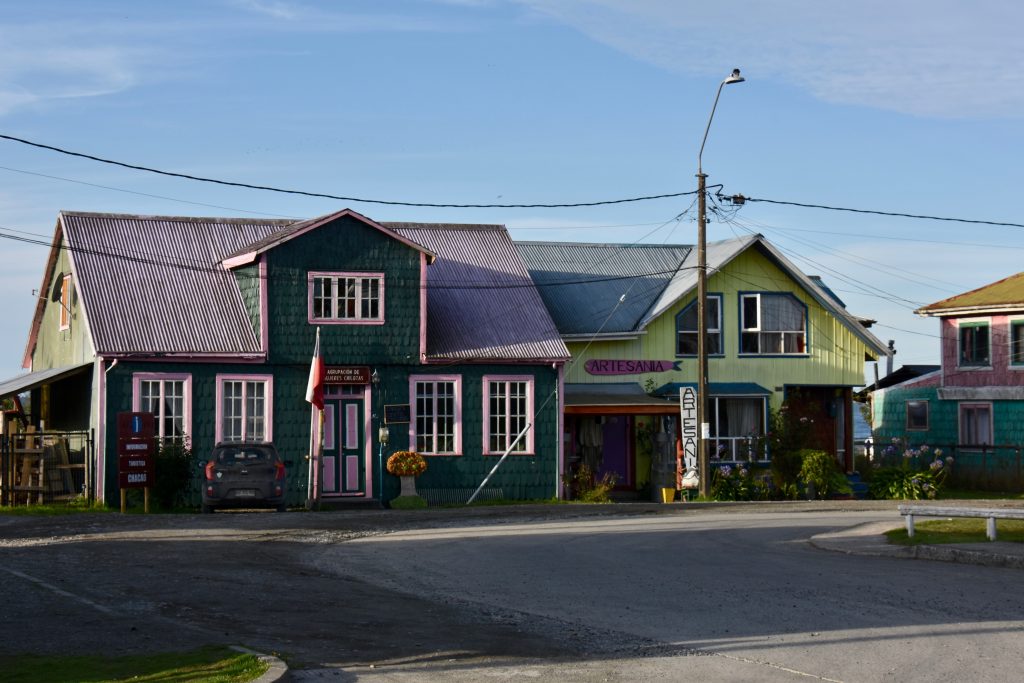
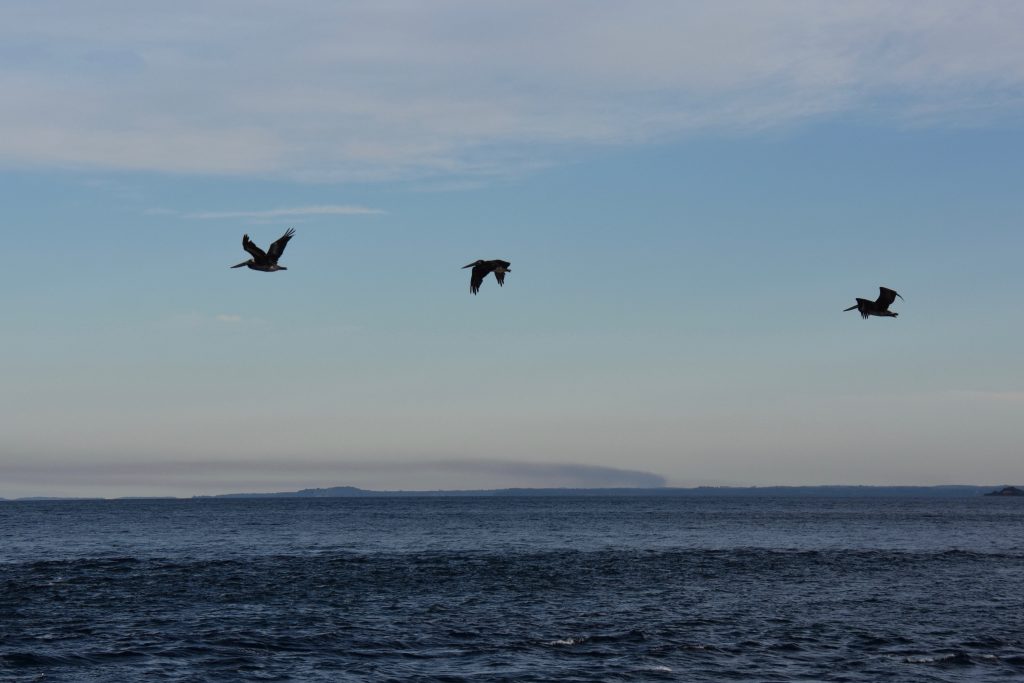
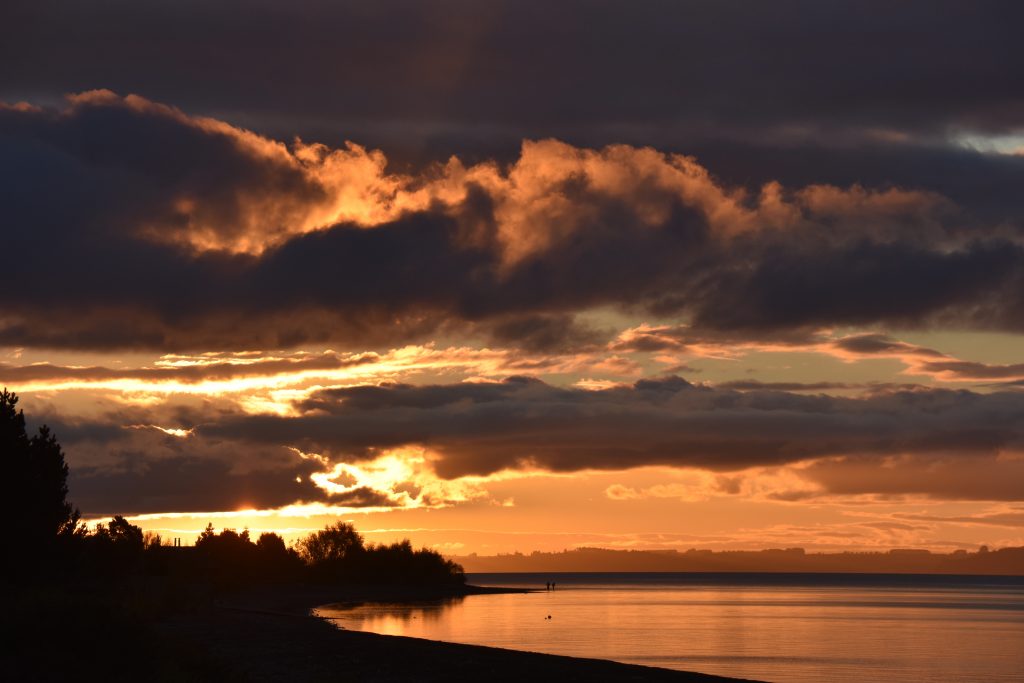
Stay: From the airport in Puerto Montt, which isn’t very nice itself, it takes forty-five minutes with a rental car to Puerto Varas. In this small town located directly at the big, calm Lago Llanquihue there are many big hotels, shops and cafes. However, when looking for something more tranquil and closer to many natural attractions stay around Ensenada. There is the modern and luxurious Hotel Awa as well as the new, lovely and stylish Cala Meli cabanas located directly on the pebble beach of the lake. The cabanas are modern, cosy and the host and her dogs couldn’t be more welcoming.
Eat: In Puerto Varas there are a number of nice cafes. You’ll find Daruma Tea House, good typical layer cakes at Ay! Tortas and equally delicious cakes at Mawen Cafe. Try the fresh juices, lemon pie, torta mil hojas and tres leches cake.
Do: It is lovely to explore the region’s volcanos. Volcan Osorno is the closest, you can see it from all around the lake. Drive up to the mid-station and chairlift. Up there you can take a short walk around the Red Crater if it’s not too foggy. Go even further up with the second chairlift to see the frozen glacier top of the volcano. From the peak you have a fantastic view around the mountains and lakes. Dress in layers as it can get very foggy and freezing cold on top while it’s hot and sunny on the lake.
The Lago Todos Los Santos is such a beautiful, peaceful lake surrounded by green hills. You can either walk around the lovely forest and lakeshore or take a little boat trip around the lake. North of the lake begins the Cochamó Valley, where you can also go by boat. It’s famous with climbers for its striking granite domes, and its challenging but great multi-day hiking tour up to Cerro Arco Iris.
The waterfall Saltos de Petrohué is not as impressive as advertised, but nevertheless it is a beautiful attraction in Parque Nacional Vicente Perez Rosales where you can also visit the Laguna Verde, hike along the Petrohué river or even go kayaking or rafting here.
Chiloé: Chiloé is a big island and it’s certainly worth spending more time here to explore the many interesting towns like Castro or the wild nature in the national parks like Parque Tantauco. But a day trip is also a great opportunity to get an impression of this special part of Chile.
If you have a rental car it takes about an hour from Puerto Varas to Pargua where you can take the ferry to the island of Chiloé. Ferries go every thirty minutes, you can take your car with you and the ride takes only twenty minutes. You might even spot harbor seals and pelicans on the water. When the ferry arrives in Chacao, you can already find the first bright houses and churches the island is famous for. There are sixteen Unesco world heritage churches made of timber and unique in style. The next stop could be Ancud, a pretty town thirty minutes away with bright houses and a small harbor. La Botica de Cafe has good coffee and cakes. West from Ancud there is Punihuil beach. The green hills and idyllic countryside you pass through end at this beach, where you can do a penguin tour and spot the birds if it’s the right season. Or just sit on the beach, walk along the shoreline, get some empanadas or have lunch in one of the restaurants here. The return trip in the evening will be especially idyllic, with the afternoon light turning the fields golden and the Andes on the horizon pink.
There are more interesting travel guides and ideas for destinations in Chile. Read about unforgettable days in San Pedro the Atacama and the day trip to the El Tatio Geysers in the Andes.
Also don’t miss tips for adventures in Patagonia! Wether its hiking the W-Trek, visiting Torres del Paine National Park, or Puerto Natales and the Magellan Region! There is also a city guide for Santiago de Chile.

Leave a Reply